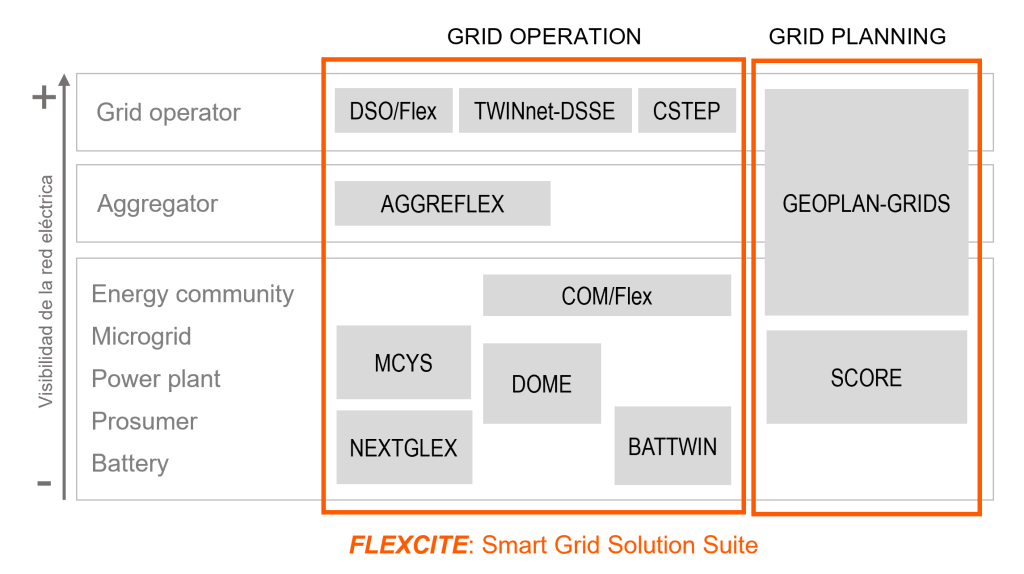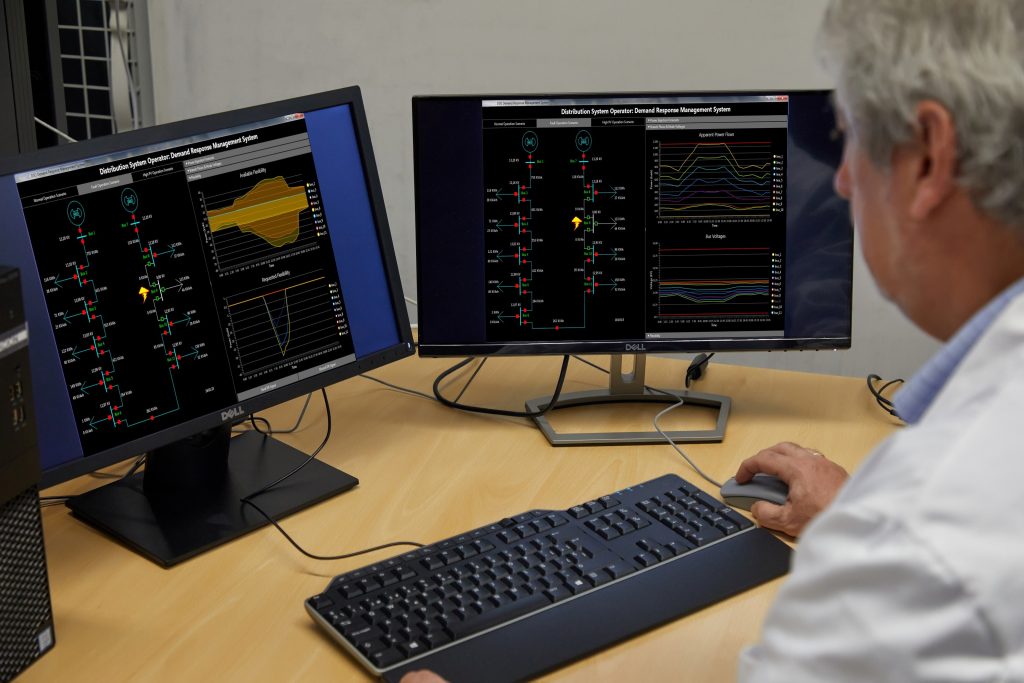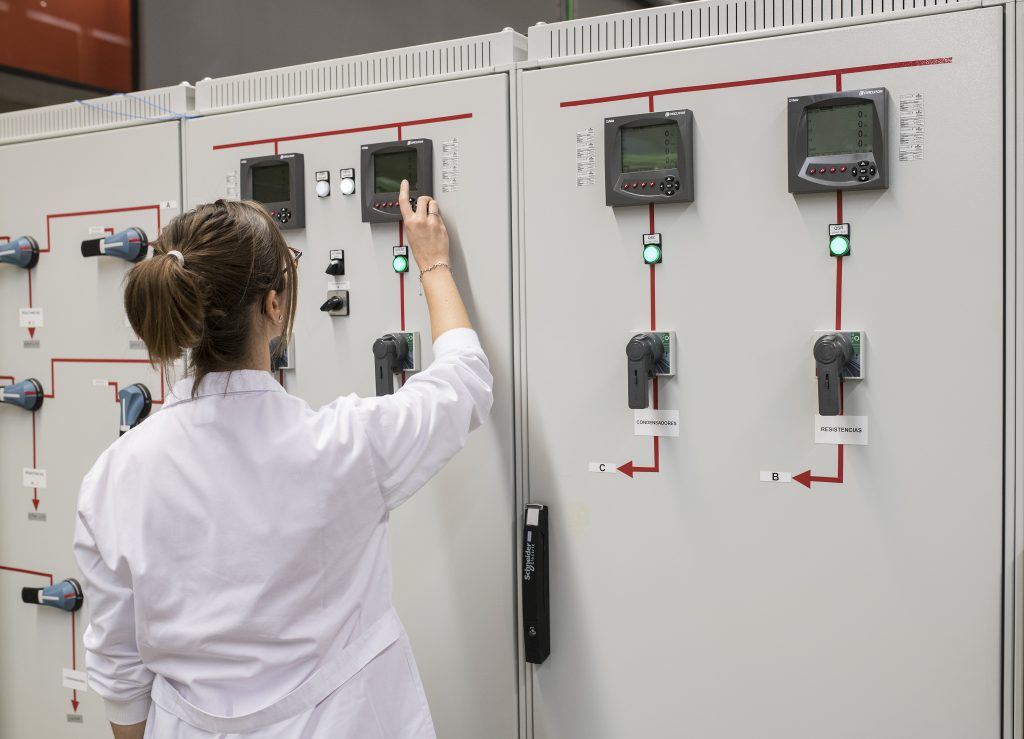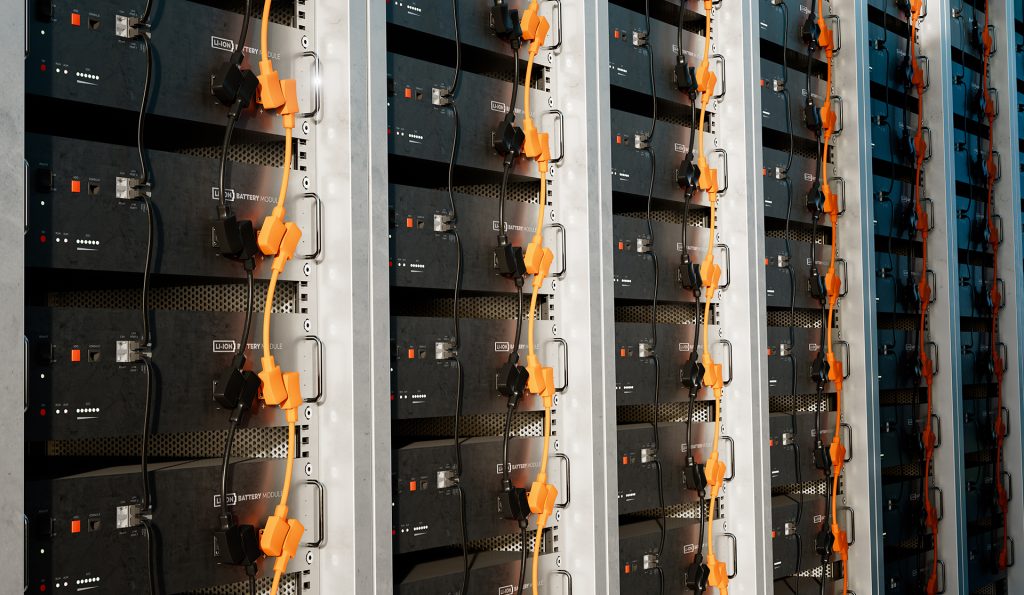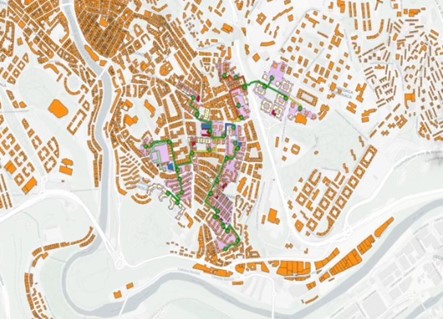THE PROBLEM THAT FLEXCITE SOLVES
The power system is rapidly evolving towards a very complex decarbonised scenario that comprises renewable distributed generation, electric vehicles, an increasing electrified demand, positive energy buildings, prosumers, etc.
The fluctuation and uncertainty that comes with renewable production and new energy resources pose serious challenges for security, grid stability and supply quality.
The scenarios outlined for the coming years call for changes in the operating and control systems of a grid that will have to be more and more digitalised. It is necessary to optimise the operation of the entire infrastructure and connected assets, anticipating possible failures and ensuring at all times the security and sustainability of the power supply.
Managing grid flexibility to accommodate these changes appears to be the core concept in this new scenario.


